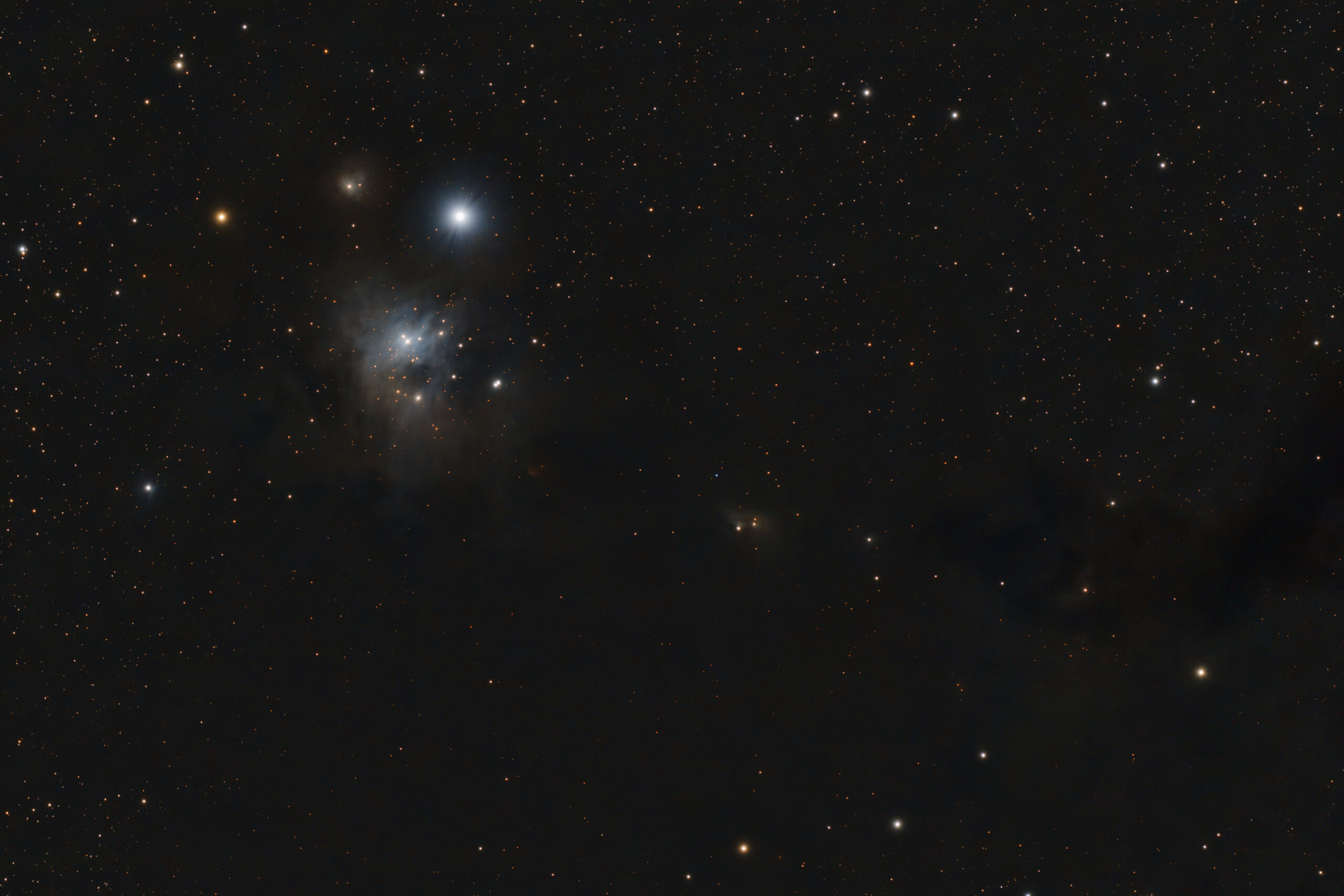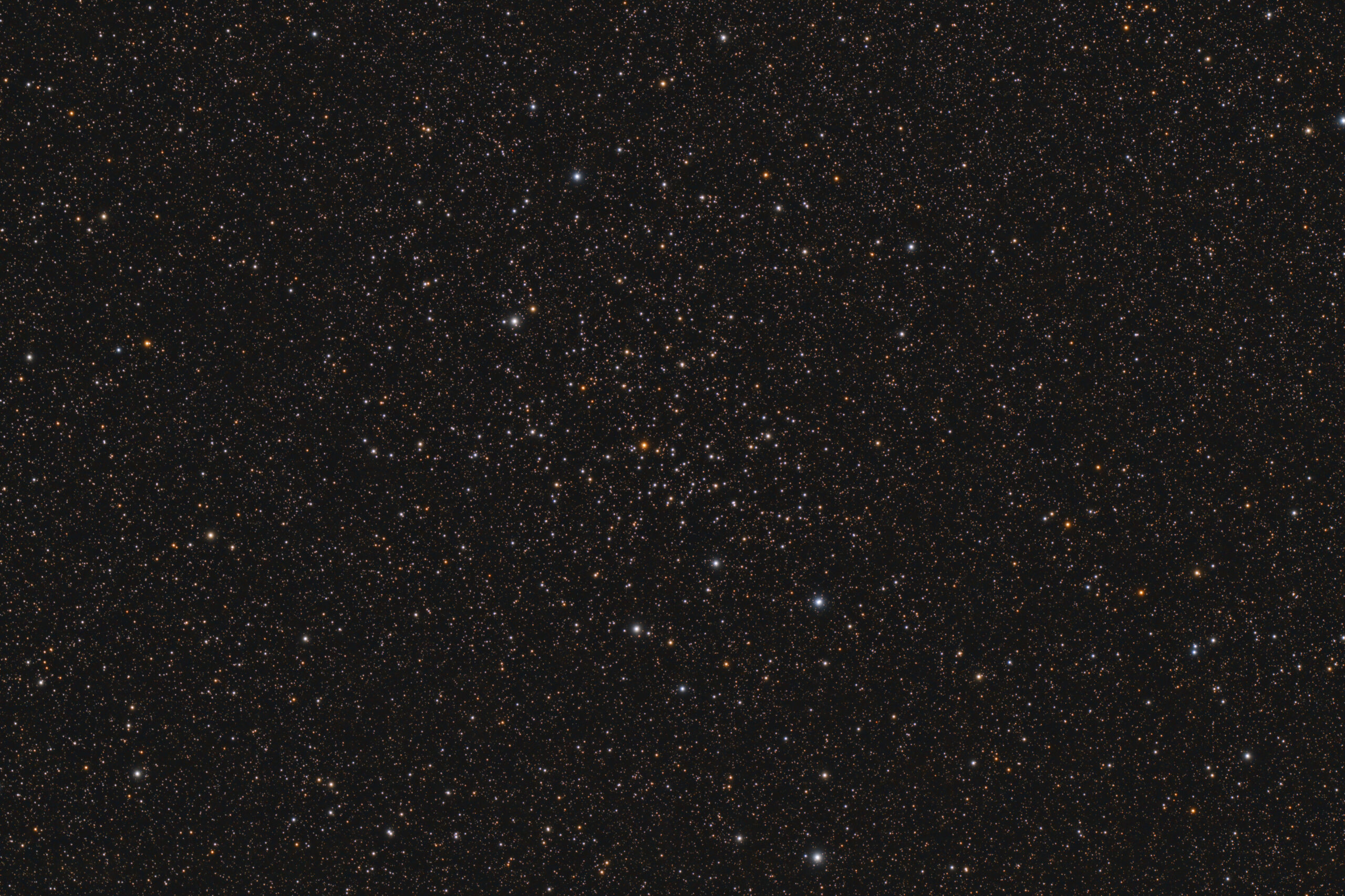The following statement and pictures were sent to us by our customer Bernhard Hubl.
Hello astrophotographers,
I am pleased to present to you today the First Light with the QHY 268M on the TEC APO 200 FL.
The planetary nebula Abell 12 is perfect for testing the combination of optics, camera and filter in terms of star formation, halos, reflections and sharpness. It is not without reason that Abell 12 has the nickname "Hidden planetary nebula". This faint PN is hidden in the halo of the 4 mag bright star Mu Orionis. Only if all optical components work perfectly together and of course the seeing is favourable, this PN can be imaged well. My plan was to separate the PN cleanly from the bright star with Halpha and [OIII] images. Unfortunately, the weather threw a spanner in the works and so I could only get 3h LRGB. Nevertheless, I am very satisfied with the result.

Original Post from March 17th, 2023
By lucky circumstances I can currently work with a dream optic, a TEC APO 200 FL (fluorite refractor with 200mm aperture).
After unpacking the TEC 200 from the robust transport box, I couldn't wait and had to set up the optics as soon as possible in my small sunroof hut for the first tests. The dimensions of this refractor are really impressive. The interior space of my 2.5x2.5m sliding roof hut is now well utilised 🙂
As I expected for a device of this class, the workmanship is of the highest quality. Although I am only an astrophotographer, I could not resist putting a few eyepieces into the focuser first. Despite less than ideal seeing, the visual impression of the moon and planets was overwhelming. The first test images were taken with my QSI660 camera in very good seeing. Here, the excellent sharpness of the TEC was already apparent and I was able to achieve FWHM values around 1.3" in single 8min exposed luminance images. To ensure the best focus point at all times, I retrofitted the sensitive 3.5" Starlight Feathertouch focuser with the Baader Steeldrive II motor adapter set, an investment that I can recommend without reservation.
Finally, in autumn 2022, I was able to use my Nikon Z6 on the TEC 200 for the first time. Unfortunately, the last few months at my location have been very difficult in terms of clear nights and usable seeing. Therefore, the following images are exposed shorter than I would have wished. However, the results are very convincing, so I don't want to withhold the images from you.
You can also find all the pictures below, and more in the future, on my website:
www.astrophoton.com/chrono_TEC200FL.htm





In the coming galaxy season, I will use a QHY268 on the TEC200. I am very excited to see what will be possible once the seeing is really good. This image is a small foretaste:

Kind regards,
Bernhard Hubl







